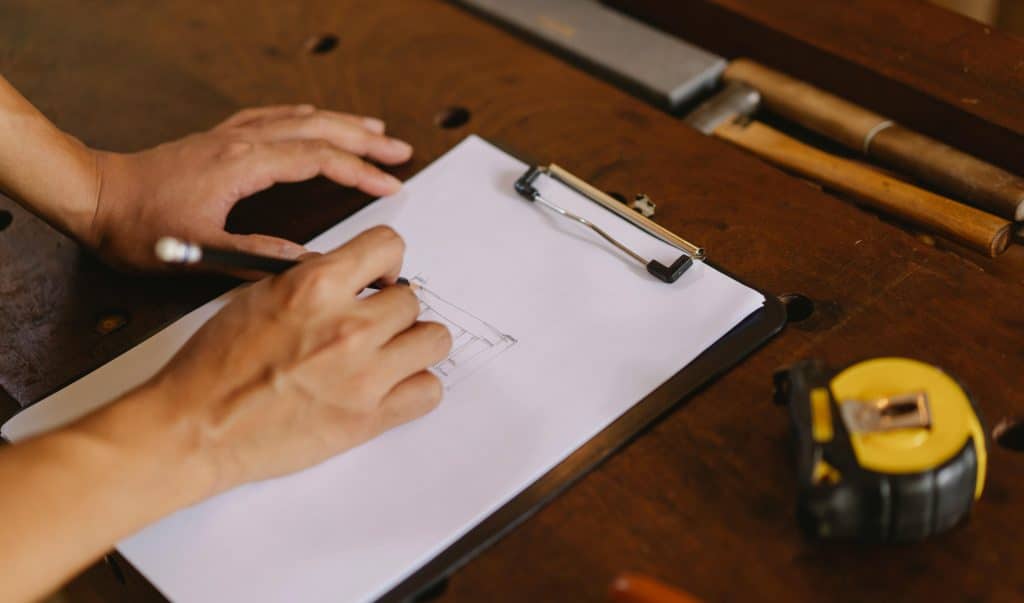Fire safety is a critical aspect of any building, and fire doors play a pivotal role in protecting lives and property during a fire emergency. Regular fire door inspections are essential to ensure that these doors function as intended. In this informative guide, we will delve into the fire door inspection process, shedding light on the different aspects inspected and the significance of each.
Why Fire Door Inspections are Important
Fire doors are not just ordinary doors; they are a crucial component of a building’s passive fire protection system. Their primary purpose is to compartmentalise fire, smoke, and toxic gases, preventing their spread and providing occupants with a safe escape route. However, for fire doors to perform effectively, they must undergo regular inspections. These inspections can range from a simple 5-point check to a complete 30-plus-point inspection.
UK Fire Door Inspection Regulations
In multi-occupancy residential buildings above 11 metres, recent regulations in England and Wales state that flat doors should be checked yearly and doors to communal areas every quarter. In commercial buildings, the guidance around this is less straightforward and can vary on the usage of specific doors and the purpose of the building.
What Does a Fire Door Inspection Entail?
A properly executed fire door inspection covers all areas of the door, from the frame to the hinges and seals. All of these parts come together to create an effective barrier in the event of a fire.
Hardware
The first step in the fire door inspection process involves a thorough examination of the door’s hardware. This includes hinges, locks, latches, and handles. All hardware components must be securely fastened and in proper working condition. If any part is found to be damaged or malfunctioning, it needs immediate repair or replacement.
Seals
Fire doors have intumescent seals and smoke seals that expand under heat, sealing the gaps around the door. Inspectors examine these seals during inspection to ensure they are intact and undamaged. Any compromised seals can compromise the door’s ability to contain smoke and flames.
Door Frame
Inspectors check the door frame to ensure it is structurally sound and properly anchored. A compromised frame can consequently compromise the overall effectiveness of the fire door. Moreover, issues such as warping or damage are addressed promptly during inspections.
Clearance Gaps
Proper clearances around the door are crucial for its effective operation. Inspectors then check for any excessive gaps between the door and the frame, as well as the floor. Even small gaps can allow the passage of smoke and compromise the door’s fire-resistant properties.
Glazing
Fire doors with vision panels or glazing undergo specific inspections to ensure the glass is fire-rated and properly installed. Any cracks or damage to the glazing compromise the door’s integrity and must be rectified promptly.
Signage
Proper signage is vital for occupants to identify fire doors and understand their significance. Inspectors ensure that they appropriately label the doors with fire rating information and other essential details.
For expert advice on fire protection and prevention, contact Martyn Young Fireproofing Consultancy today on 07585 896648
The post Understanding the Fire Door Inspection Process: What You Need to Know appeared first on Total Fire Group.


